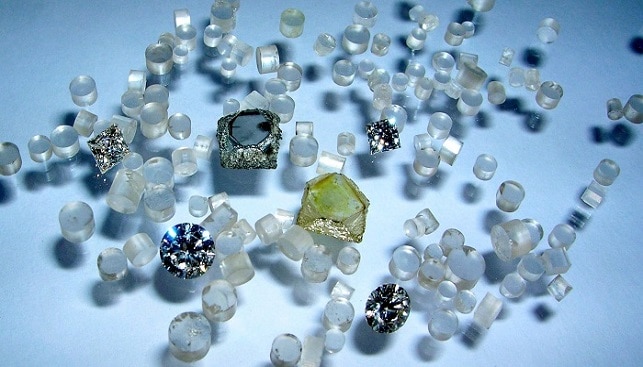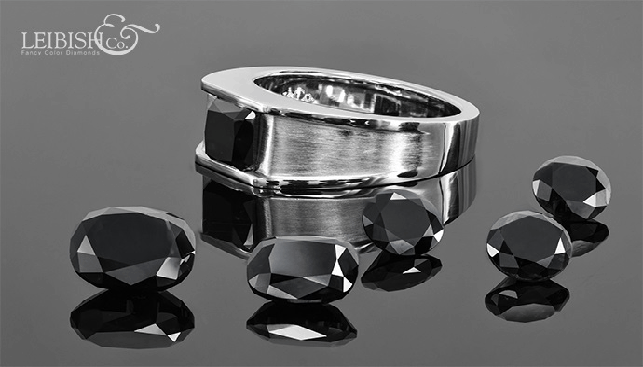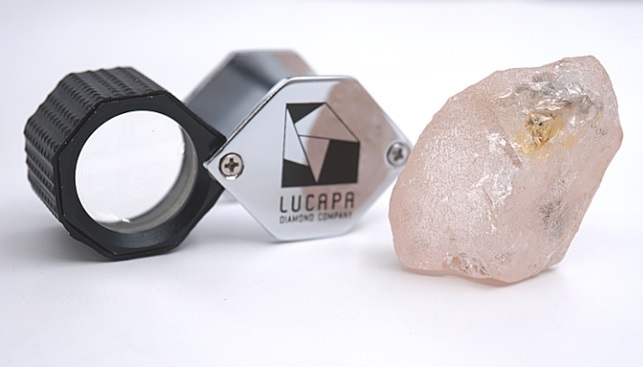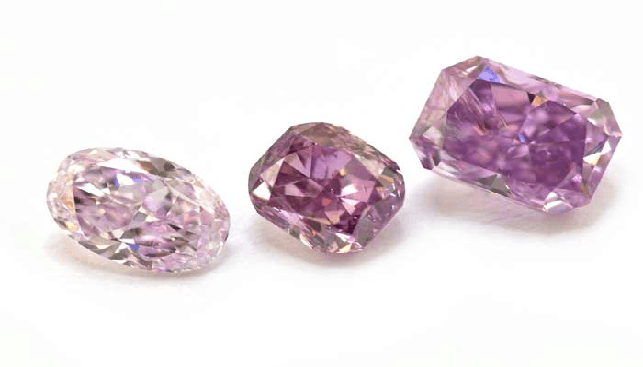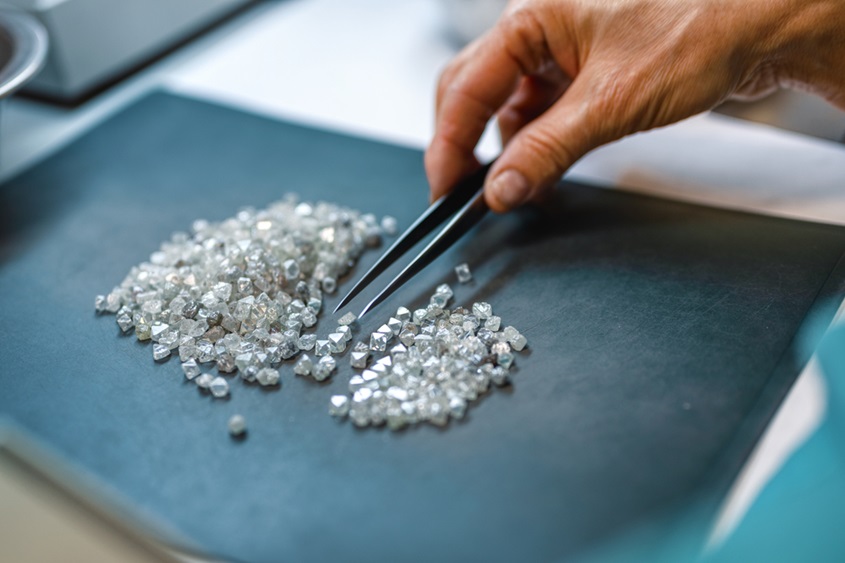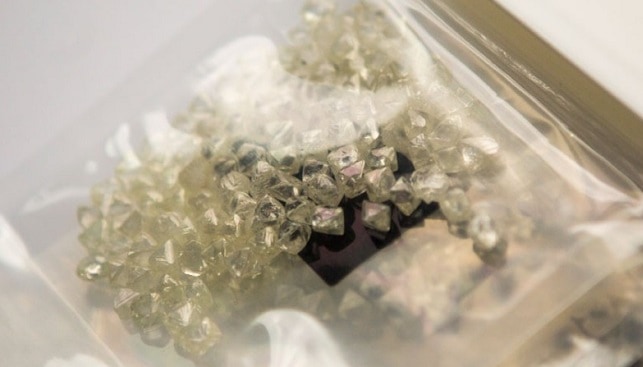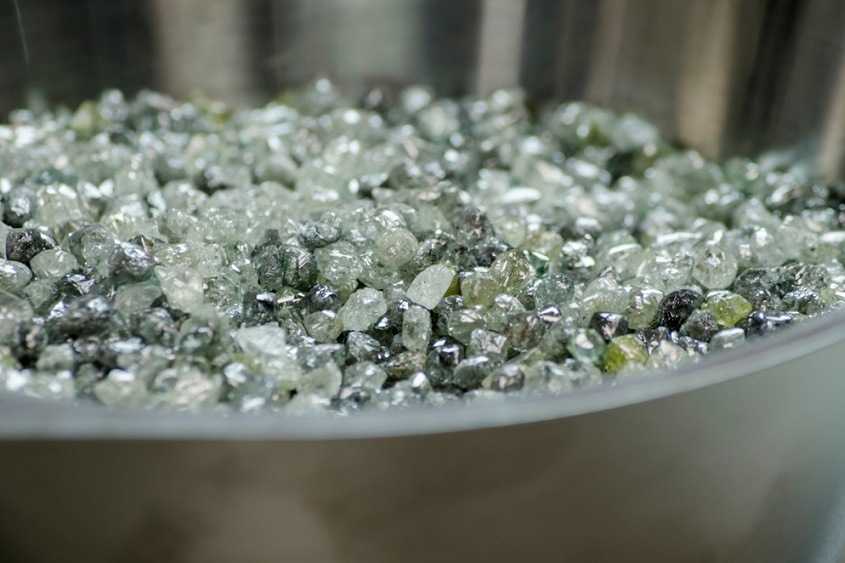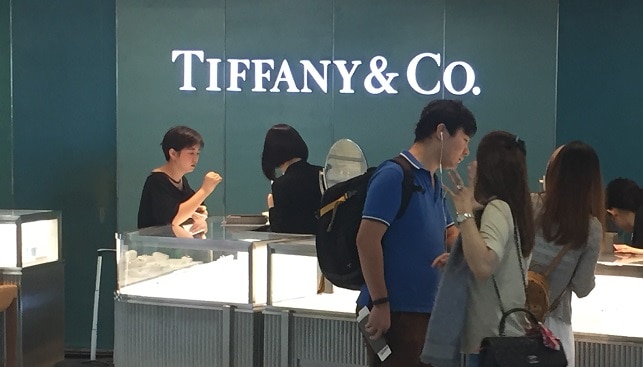Does the title of this article irritate you? Does it anger you? Is it too unconventional? Let’s take a few minutes to listen to Eran Steinmetz’s ideas, even if most of us find them hard to swallow.
Before I met Eran Steinmetz, I pictured him as a young man unconnected to the industry and therefore unaware of the heartaches and headaches caused by the issue of synthetics. He’s far from it. Born in 1957, Steinmetz is a 3rd generation diamantaire, the grandson of Menahem Moshe Steinmetz and the son of Avraham Steinmetz. He’s been a part of the diamond industry since the 80s, when he began working at Aerodiam, one of the first diamond software companies around. Today, he trades in products from dissolved companies – cheap, broken goods, mainly intended for the Indian market.
“Why can’t we deal with the problem head on, and turn it into an opportunity?”, he says, “can synthetics really destroy the industry? Sure, if you’re clinging to old ideas in a changing world. I want to introduce a new paradigm, one that will let us reinvent the industry. First, this is the situation as I see it: diamonds are gradually losing their sparkle. Demand is down, mainly among young people. Diamonds have a bad rep, especially in the Western world – they’re seen as conflict-inducing, environmental polluters, and a potential industry for forced labor. Among people under 40, demand is going steadily down. The world is changing, and the industry seems to be stuck in its old ways.
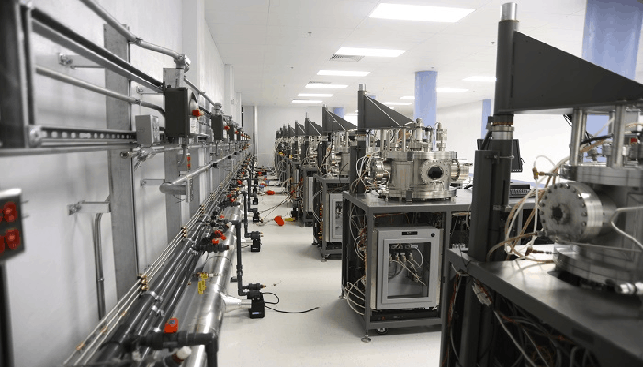
“Wages are a problem, but it’s a problem because the rough is stuck at the supply pipeline and there is hardly any profitability. How do you turn the problem into an opportunity? We have the knowledge – we can polish and produce; we can manufacture the rough ourselves, and determine our own prices; and we have the best marketing ties in the world.
“So this is what I suggest: set up a synthetic bourse in Israel; set up a synthetic industry; market and brand the product as conflict-free diamonds, that doesn’t pollute the environment, but provides clean practices and pays fair wages.”
At the end of this post, Steinmetz writes: “I expect harsh reactions, but think about these things before you react.”
Following Sergey Brin
Steinmetz began to shift his thoughts towards synthetics when he saw, one day, that Google has invested in the manufacturing of synthetic meat. “Sergey Brin, the founder of Google, is an animal rights advocate, and he put in €330,000 in the project. In-vitro meat doesn’t harm animals or the environment. So I asked myself, ‘Where is the world going? It is much more aware of the environment, more socially responsible, more aware of fair wages’. Diamond consumption is down. Young people are more interested in cars, brands, fashion. At the same time, De Beers’ investment in generic marketing of diamonds has all but disappeared. So what are our alternatives? Continue working in a diminishing industry, or reinvent ourselves? Why don’t we turn the equation? Instead of having to buy rough for polished prices, we’ll manufacture the rough ourselves and take control over our profits. If we miss this opportunity, someone else will take it. Let’s ask ourselves where we see ourselves in three, four years. Do we act, or just sit and wait?
“I have a deep connection the industry, both emotional and financial, and I understand the resistance to synthetics. But I cannot close my eyes to this crossroads. I have to see and show others these opportunities, our chance to use our vast knowledge to manufacture and market synthetics, while we provide decent livelihood for a lot of people. I want to highlight this point: we have to do this while continuing to deal in natural diamonds, and without integrating these two industries. Let’s just think about it. If we work the right way, and adhere to all standards and regulations, the opportunities are there. If we don’t seize them, someone else will. Won’t that be a shame?”
This article originally appeared in HaYahalom magazine issue 220

